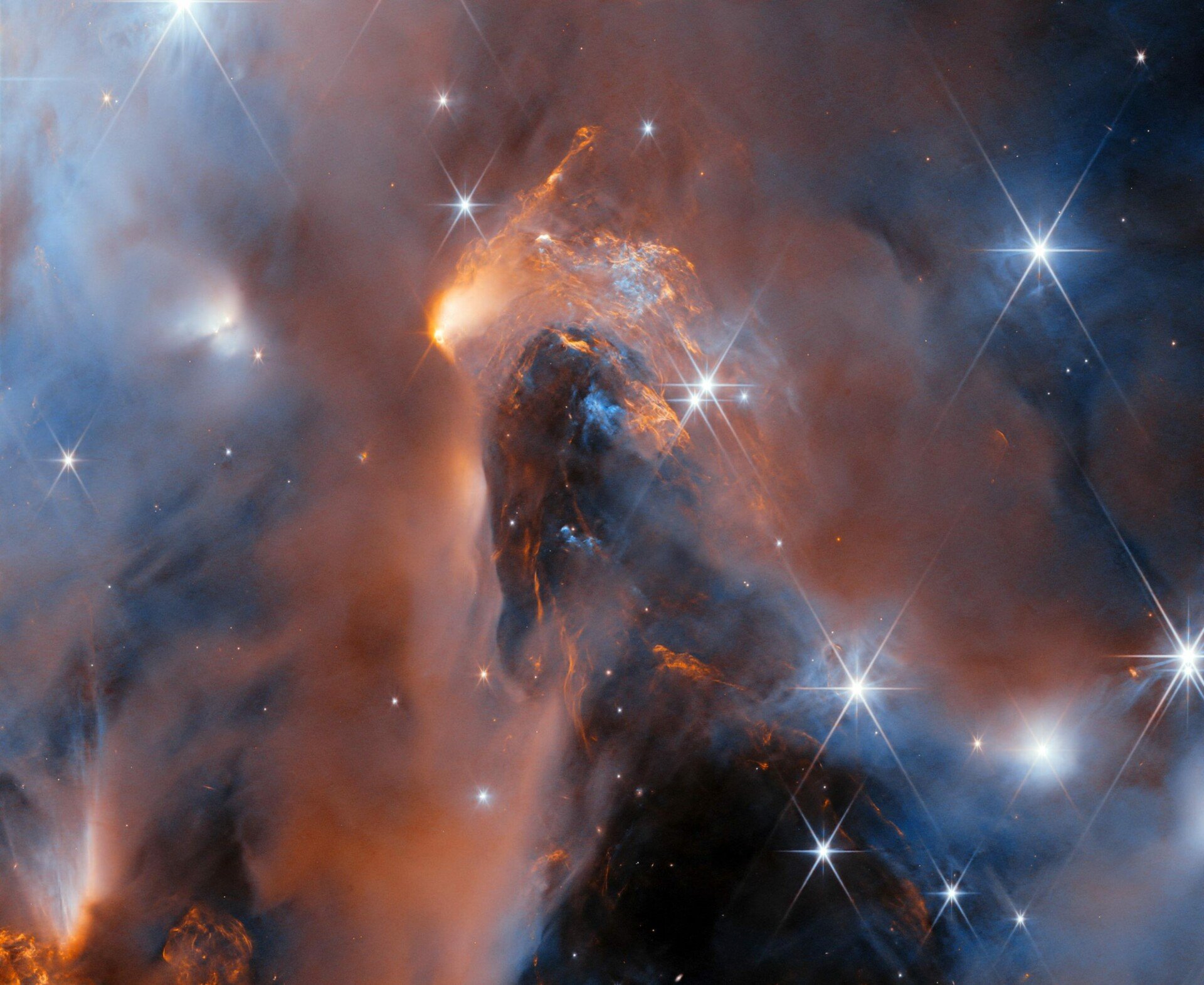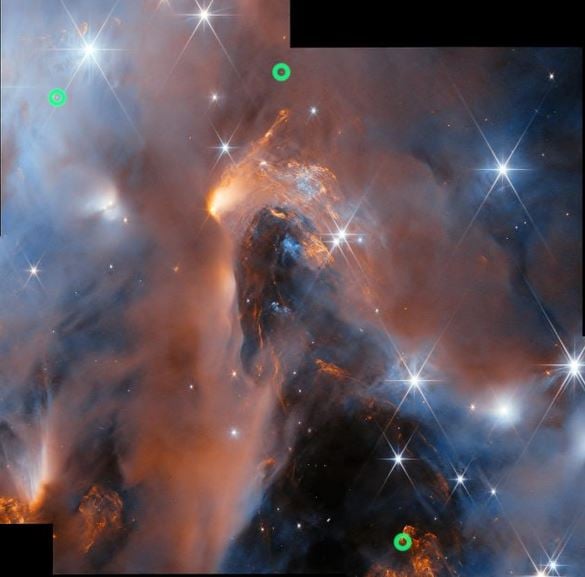
Various cosmic phenomena or a combination of cosmic phenomena that develop in planetary systems sometimes lead to the removal of one of the planets of the system from it, forcing it to travel alone in the universe.
Of the more than 5,000 exoplanets that astronomers have discovered so far in our galaxy, there are also a few that are… orphans and wanderers. A study conducted by scientists at Leiden University in the Netherlands last year suggests that the number of wandering planets in our galaxy is huge, with the researchers estimating that there are about 50 billion rogue planets. Other studies have estimated the number of rogue planets in our galaxy at a few hundred billion, and others at literally countless.
The James Webb Space Telescope is providing new evidence of these mysterious cosmic objects after discovering six roaming planets, all located in a nebula and possessing unique properties, opening new chapters both in the existence of these objects and in cosmology in general.
Discovery
A research team of astrophysicists from Johns Hopkins University in the United States used the James Webb Space Telescope and to publish Their findings are in the online pre-print archive arXiv. They discovered six roaming planets in the nebula NGC 1333, located 960 light-years from Earth.

These planets are 5-10 times larger than Jupiter, the largest planet in our solar system. According to the researchers, these cosmic bodies do not appear to belong to any planetary system from which they were banished, but rather were created independently somewhere on their own without any parent star. This discovery provides new insights into how planets and stars form.
Researchers estimate that these six objects began forming as stars, but along the way the process stopped. This is a very common phenomenon in the universe, leading to the emergence of so-called brown dwarfs, a special class of cosmic objects because they are neither planets nor stars.
They are described as “failed stars” because all the evidence available to scientists suggests that they started out as stars but at some point that process stopped, resulting in what are essentially cosmic remnants that continue to maintain a minimal level of function.
But at present there is no evidence available to confirm that the six bodies discovered by James Webb are brown dwarfs and so their identity remains undetermined, adding to the mystery surrounding them. In fact, one of these objects, the smallest in mass, was found to contain a ring of cosmic dust, making it the most special and target for new studies of this group.
Navtemboriki.gr

“Avid problem solver. Extreme social media junkie. Beer buff. Coffee guru. Internet geek. Travel ninja.”





More Stories
In Greece Porsche 911 50th Anniversary – How much does it cost?
PS Plus: With a free Harry Potter game, the new season begins on the service
Sony set to unveil PS5 Pro before holiday season – Playstation